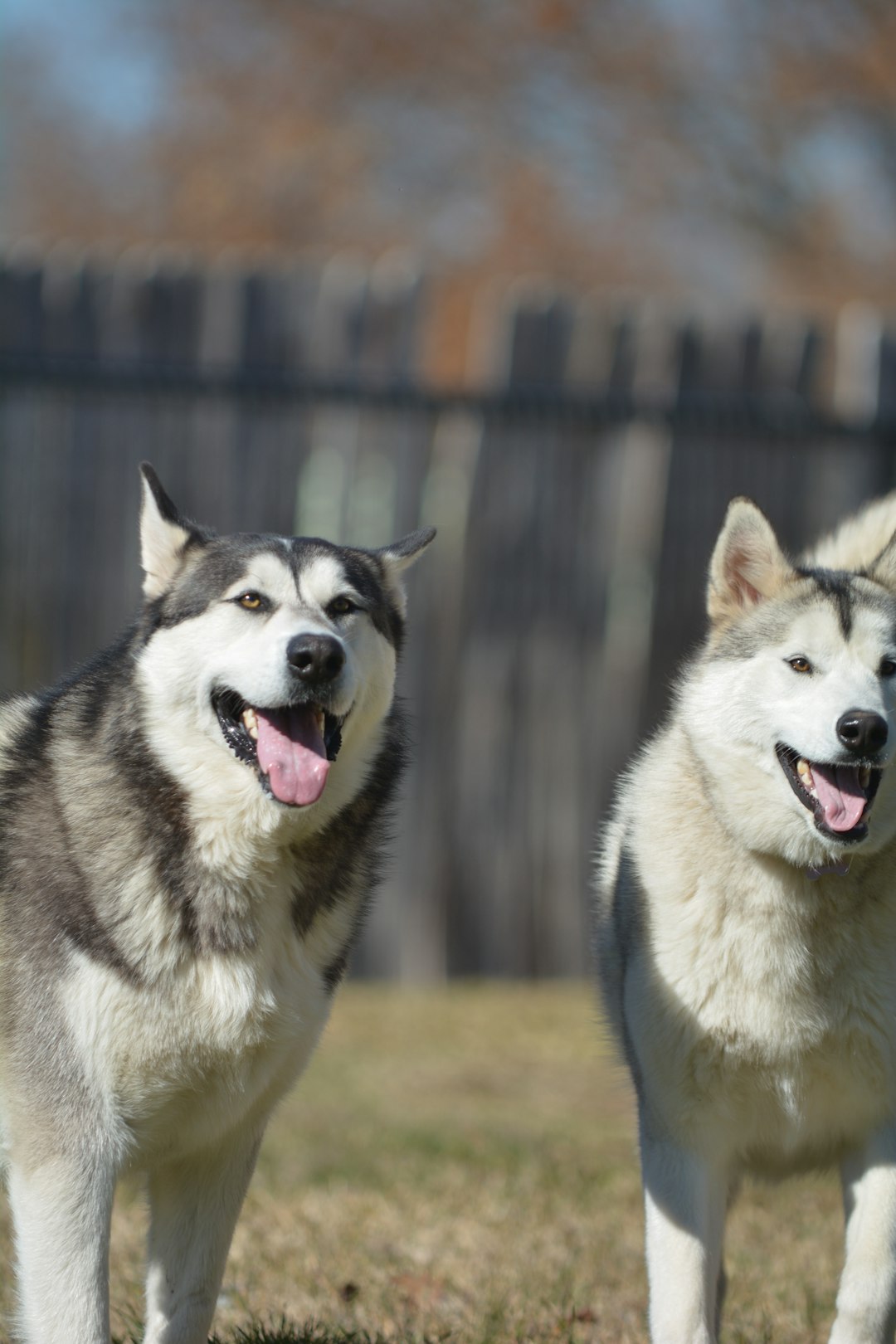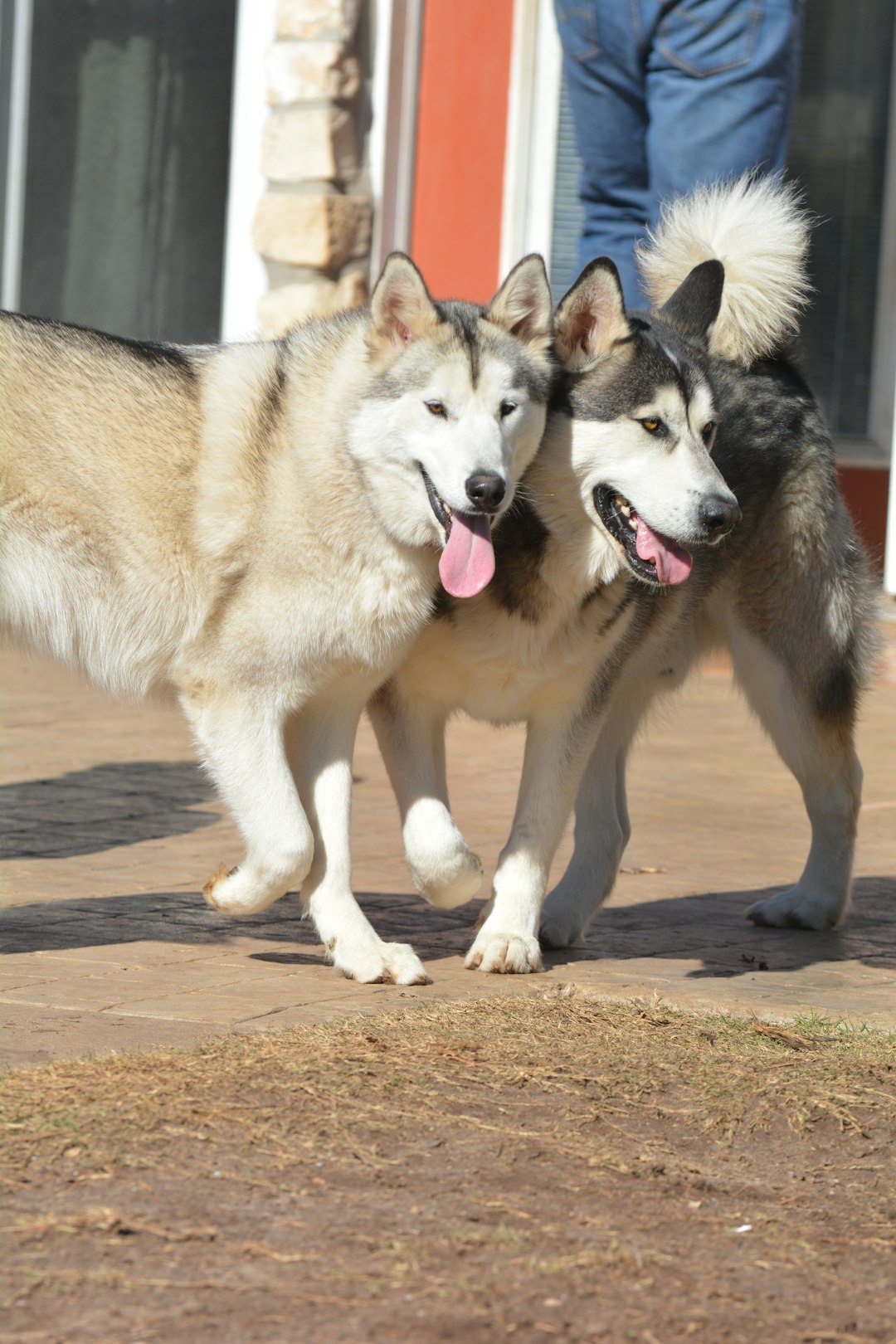When it comes to traveling with your furry friend, choosing the right dog carrier is essential for a hassle-free experience. Understanding the various options, from soft-sided to hard-shell designs, will help ensure your dog’s comfort and safety during your journey. Therefore, knowing the key features and materials available is crucial. With numerous brands and models on the market, making an informed decision maximizes both your convenience and your pet’s happiness. Dive deeper into the intricacies of selecting the best dog carrier to transform your travels into delightful adventures.
Understanding Different Types of Dog Carriers
When it comes to selecting the perfect dog carrier, understanding the various types available is crucial. Each style caters to different needs and preferences. Here are the primary types you should consider:
- Soft-Sided Carriers:
Ideal for small to medium-sized dogs, these carriers offer comfort and flexibility. They often have mesh panels for ventilation and easy access. - Hard-Shell Carriers:
These carriers provide maximum protection for your dog, making them suitable for travel on planes or road trips. They are sturdy and secure. - Backpack Carriers:
Perfect for hiking or walking, these allow you to carry your dog comfortably on your back, freeing up your hands for other tasks. - Rolling Carriers:
These make traveling with larger dogs easier—a great option for city dwellers or frequent travelers.
When choosing a dog carrier, consider your dog’s size, travel requirements, and your personal style. The right choice ensures a safe and comfortable experience for both you and your furry friend! Remember, the right dog carrier not only enhances comfort but also simplifies your travels.
Key Features to Look for in a Dog Carrier
When selecting the ideal dog carrier, prioritizing key features will ensure your furry friend enjoys safe and comfortable travels. Here are essential aspects to consider:
- Size: Choose a carrier that accommodates your dog comfortably. Your pet should be able to stand, turn around, and lie down.
- Ventilation: Ensure the carrier offers ample airflow. Mesh panels or breathable materials can keep your dog cool and prevent anxiety.
- Safety Harnesses: Look for built-in safety harnesses or clips that secure your dog during transport. This reduces the risk of them jumping out at inopportune moments.
- Weight Capacity: Check the weight limit of the dog carrier. Ensure it matches your dog’s size and weight for optimal safety.
- Ease of Cleaning: Select carriers with removable, washable liners. This makes maintenance hassle-free and keeps your dog’s area clean.
By evaluating these features closely, you’ll confidently choose the perfect dog carrier suited for your needs and your pet’s comfort. Don’t compromise on these essential elements!
Size Considerations for Your Dog’s Comfort
When it comes to choosing the perfect dog carrier, size truly matters. A well-sized carrier ensures your furry friend travels in comfort. Here’s how to determine the right size:
- Measure Your Dog: Use a soft measuring tape to measure your dog’s height (from paw to top of the head) and length (from nose to base of the tail).
- Allow Extra Space: Ideally, the carrier should provide enough room for your dog to sit, stand, and turn around. Add an extra 2-4 inches to your measurements for breathing space.
Size Chart for Common Dog Breeds
| Size | Weight Range | Suitable Breeds |
|---|---|---|
| Small | Up to 10 lbs | Chihuahua, Pomeranian |
| Medium | 11-25 lbs | Beagle, French Bulldog |
| Large | 26-50 lbs | Labrador, Bulldog |
| Extra Large | 51+ lbs | Rottweiler, German Shepherd |
Investing in the right-sized dog carrier will not only keep your dog comfortable but also reduce anxiety during travel. Thus, always prioritize size for a stress-free journey!
Material Choices: Backpack, Soft-Sided, or Hard-Shell
When selecting a dog carrier, the material plays a critical role in your dog’s comfort and safety during travel. Each type of carrier offers unique benefits. Consider these options:
Backpack Carriers
- Pros: Great for hands-free travel; perfect for hiking or long walks.
- Cons: Limited space might not suit larger dogs.
Soft-Sided Carriers
- Pros: Lightweight and flexible; can fit under airline seats. Ideal for smaller breeds.
- Cons: Less durable; not suitable for chewers or overly active dogs.
Hard-Shell Carriers
- Pros: Offers superior protection; great for strong and larger dogs.
- Cons: Heavier; may not fit under airline seats easily.
Comparison Table:
| Carrier Type | Weight | Durability | Comfort | Ideal For |
|---|---|---|---|---|
| Backpack | Light | Medium | High | Hiking & Walking |
| Soft-Sided | Light | Low-Medium | High | Small Breeds, Airlines |
| Hard-Shell | Heavy | High | Medium | Active & Larger Dogs |
Ultimately, your choice of dog carrier should reflect your dog’s needs and your travel plans. It’s time to prioritize comfort and safety!
Safety Features that Ensure Secure Travel
Ensuring your dog’s safety during travel is non-negotiable. A reliable dog carrier must come equipped with essential safety features. Here’s what to prioritize:
- Secure Fastenings: Look for carriers with strong zippers or snaps to prevent accidental escapes.
- Ventilation: Adequate airflow is crucial, so choose a dog carrier with mesh panels that actively promote circulation.
- Internal Leash Clip: This feature keeps your pup tethered and prevents jumping out when opening the carrier.
- Sturdy Base: A well-constructed base offers stability and support, protecting your dog from sudden movements during travel.
Here’s a quick comparison to illustrate safety features across different carrier types:
| Feature | Backpack Carrier | Soft-Sided Carrier | Hard-Shell Carrier |
|---|---|---|---|
| Secure Fastenings | ✔ | ✔ | ✔ |
| Ventilation | ✔ | ✔ | Limited |
| Internal Leash Clip | ✔ | Optional | ✔ |
| Sturdy Base | Limited | ✔ | ✔ |
Opting for a dog carrier that prioritizes safety helps you travel with peace of mind, knowing your furry friend is secure and comfortable. Don’t compromise on these vital features!
Regulations and Guidelines for Air Travel with Dogs
Flying with your dog can be a rewarding experience, but it is crucial to understand the regulations surrounding the use of a dog carrier. Airlines often have specific requirements, and adhering to them can ensure a smooth journey for both you and your furry friend.
Key Guidelines to Follow:
- Size Regulations: Most airlines require the dog carrier to fit under the seat. Confirm dimensions with the airline before purchasing.
- Material: Choose a sturdy dog carrier. Soft-sided carriers are often favored for cabin travel due to their flexibility.
- Health Certificate: Some airlines mandate a health certificate from your vet, verifying that your pet is fit for travel.
Airline-Specific Rules:
| Airline | Max Dimensions (L x W x H) | Carrier Type | Health Certificate Required |
|---|---|---|---|
| Airline A | 18″x11″x11″ | Soft-sided | Yes |
| Airline B | 19″x12″x12″ | Hard-shell | No |
| Airline C | 20″x13″x13″ | Soft-sided/Hard-shell | Yes |
By knowing these regulations, you can select the right dog carrier, ensuring comfort and compliance. Always check the most up-to-date information before your flight for a seamless experience.
How to Measure Your Dog for the Perfect Fit
Choosing the right dog carrier starts with accurate measurements. A proper fit ensures your dog’s comfort and safety, whether you’re heading to the vet or embarking on a cross-country journey. Here’s how to measure your dog effectively:
- Size up the Length: Measure from the tip of the nose to the base of the tail. This gives you the overall length.
- Height Matters: Measure your dog from the ground to the top of their shoulders. This helps determine the height of the carrier.
- Check the Girth: Wrap a measuring tape around the widest part of their chest. This measurement helps you select a carrier that allows for movement without being too loose.
Comparison Table:
| Measurement | Description | Why It Matters |
|---|---|---|
| Length | Nose to tail base | Ensures enough space |
| Height | Ground to shoulder | Avoids cramped space |
| Girth | Around the widest part of the chest | Ensures snug fit |
After measuring, select a dog carrier that provides a little extra room for comfort—about 2 inches is ideal. Don’t compromise on your furry friend’s comfort by choosing the wrong size.
Tips for Introducing Your Dog to the Carrier
Introducing your dog to their new carrier shouldn’t be a stressful ordeal. Instead, it can be an enjoyable experience for both of you! Here are some effective tips to help your dog feel at ease in their dog carrier:
- Start Slow: Place the carrier in a familiar spot at home, allowing your dog to explore it at their own pace. Encourage curiosity and sniffing by leaving the door open.
- Use Positive Reinforcement: Reward your dog with treats or praise whenever they show interest in the carrier. This helps them associate the carrier with positive experiences.
- Create a Cozy Space: Line the dog carrier with your dog’s favorite blanket or a familiar toy. Familiar scents can greatly reduce anxiety.
- Short Trials: Begin with short periods inside the carrier. Gradually increase the time as your dog becomes more comfortable.
- Practice Makes Perfect: Once your dog acclimates to the carrier, take short trips around the block. This helps them get used to travel.
Remember, patience is vital. With proper introduction, your pup will view their dog carrier as a safe haven rather than a confinement.
Popular Brands and Models to Consider
When selecting the ideal dog carrier, it’s crucial to consider reputable brands known for their quality and design. Here’s a concise overview of popular choices that pet owners trust:
| Brand | Model | Type | Key Features |
|---|---|---|---|
| Petmate | Sky Kennel | Hard-Shell | Durable, airline-approved, various sizes available. |
| Sleepypod | Mobile Pet Bed | Soft-Sided | Crash-tested, removable inner bedding, stylish design. |
| K9 Sports Sack | Air Plus | Backpack | Ergonomic design, adjustable straps, ventilation for comfort. |
| Sherpa | Ultimate Pet Carrier | Soft-Sided | Fits under airline seats, top and side entry points, soft fleece. |
| AmazonBasics | Pet Carrier | Soft-Sided | Affordable, portable, and easy to clean; ideal for short trips. |
Choosing the right dog carrier involves assessing your travel needs, your dog’s size, and their comfort. Invest in a well-reviewed model to enhance travel experiences for both you and your furry friend. Ultimately, the right dog carrier makes all the difference.
Maintaining and Cleaning Your Dog Carrier
Ensuring your dog carrier remains clean and well-maintained is essential for your furry friend’s comfort and health. A clean dog carrier can prevent the buildup of odors, bacteria, and allergens. Follow these essential maintenance tips:
- Regular Cleaning:
- Soft-Sided Dog Carrier: Wash removable covers and liners in a washing machine. Use gentle detergent and air dry.
- Hard-Shell Dog Carrier: Wipe down surfaces with pet-safe disinfectant wipes or a damp cloth.
- Inspect for Damage:
- Regularly check for tears, frayed seams, and compromised zippers.
- Immediate repairs help maintain safety and usability.
- Odor Control:
- Sprinkle baking soda inside the carrier to neutralize odors.
- Vacuum the interior before washing to remove hair and debris.
- Train Your Dog to Use the Carrier:
- Encourage your dog to enter the carrier regularly to get comfortable with it, which helps keep it clean as well.
By diligently maintaining your dog carrier, you ensure your pet enjoys a safe and pleasant travel experience every time!



